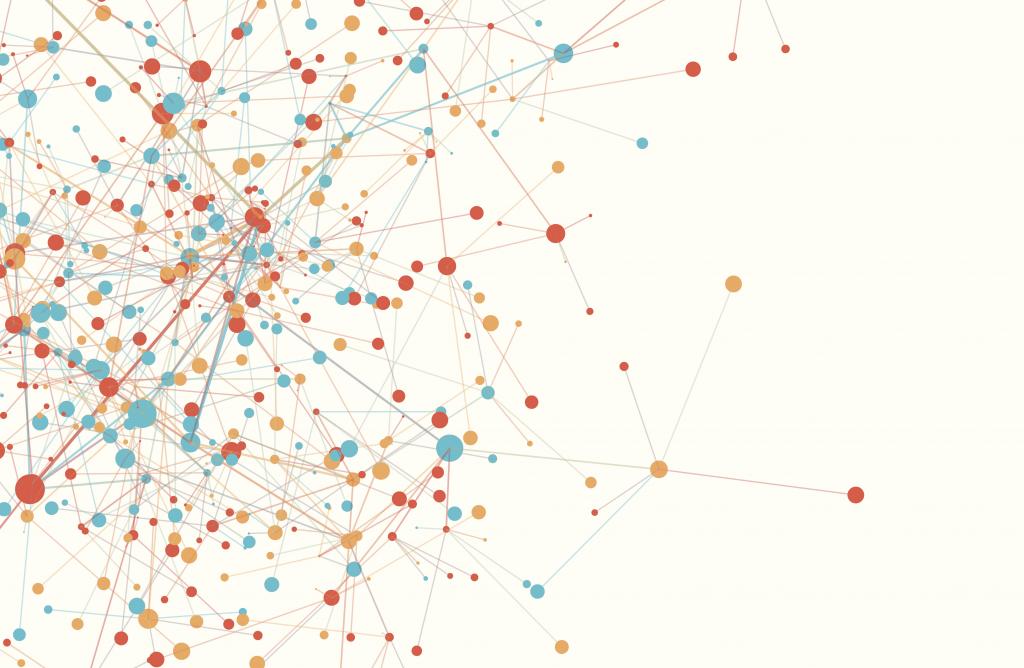On 24 April Lauren Wilcox, Lecturer and Deputy Director of the Centre for Gender Studies at the University of Cambridge, UK, delivered a lecture, “War beyond the Human: Embodying Algorithmic War”, as part of the Institute’s International Relations and Political Science Colloquium Series. The seminar was about one of her latest articles, “Embodying Algorithmic War: Gender, Race, and the Posthuman in Drone Warfare”, published in Security Dialogue.
Professor Wilcox opens her article with the account of an event that occurred on 21 February 2010, when US drone strikes killed 23 people, including women and children, in the Uruzgan province of Afghanistan. For Professor Wilcox, anecdotal evidence shows that the reason behind this massacre was that the drones failed to identify the targets as innocent civilians and profiled them instead as Taliban insurgents. This raises the question of what kinds of bodies are “killable bodies”.
She investigates this question by building upon a critical, feminist perspective which focuses on how subjects are co-constructed in war as a result of the cultural contexts in which they are embedded. Her research puts the “assemblages” of humans and technologies at the centre of the re-conceptualisation of war, violence and security today. More precisely, she demonstrates that drones, and technological assemblages in general, do not make enemy-targeting practices objective and devoid of human mistake. Instead, due to their intertwinement with human interpretations and affects, such assemblages are both “embodied“ and “embody" relations of power that are deeply racialised and gendered. For example, if the drone is unable to precisely identify whether the image on the screen is that of a man or a woman (“killable” in the first case, “non-killable” in the second), the operator will tend to decide that it is a man, as a consequence of a mix of elements such as the affective relations of hate towards the enemy population, the feeling of masculine camaraderie with the fellow soldiers on the ground, the situation of psychological stress involved in the conduct of distant war, and so on.
In this sense, categories of gender and race are reproduced, and not avoided, in the use of technological assemblages. Indeed, specific categorisations of gender and race are at the heart of the “necropolitics” criteria, that is, the criteria for deciding “whose life is to be managed and those who are subject to the right of death” (Allinson 2015) – hence the identification of the enemy with despotic Arab men and of the civilian population with women, which provides the rationale of the defense war and the responsibility to protect.
As is the standard practice of the Department of International Relations/Political Science (IR/PS), the lecture was followed by a discussion led by Alice Baroni, PhD Candidate in IR/PS. The discussion gave way to several questions which open up further lines of inquiry: How different is drone warfare from traditional warfare in terms of the categorisation of race and gender used for targeting? How does the literature on ergonomics, namely the scholarship on cybernetics, contribute to the debate? How can we utilise cutting-edge technologies for positive purposes, such as the detection of animals threatened with extinction? What are the responsibilities of people who code the algorithm of drones?
* * * * *
Full citation of the article:
Wilcox, Lauren. “Embodying Algorithmic War: Gender, Race, and the Posthuman in Drone Warfare.” Security Dialogue 48, no. 1 (2017): 11–28. doi:10.1177/0967010616657947.
By Buğra Güngör, PhD candidate in International Relations and Political Science, in collaboration with Alice Baroni.


